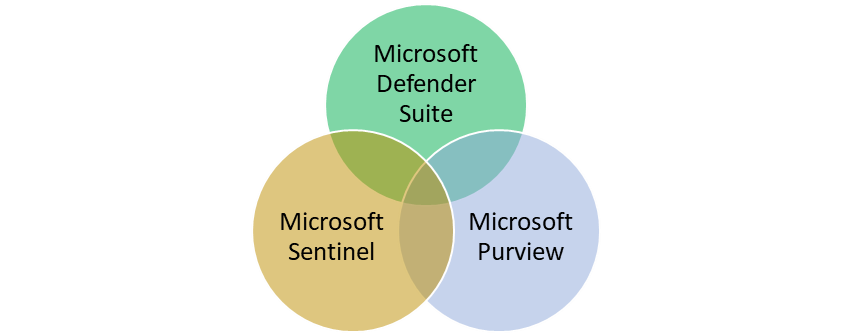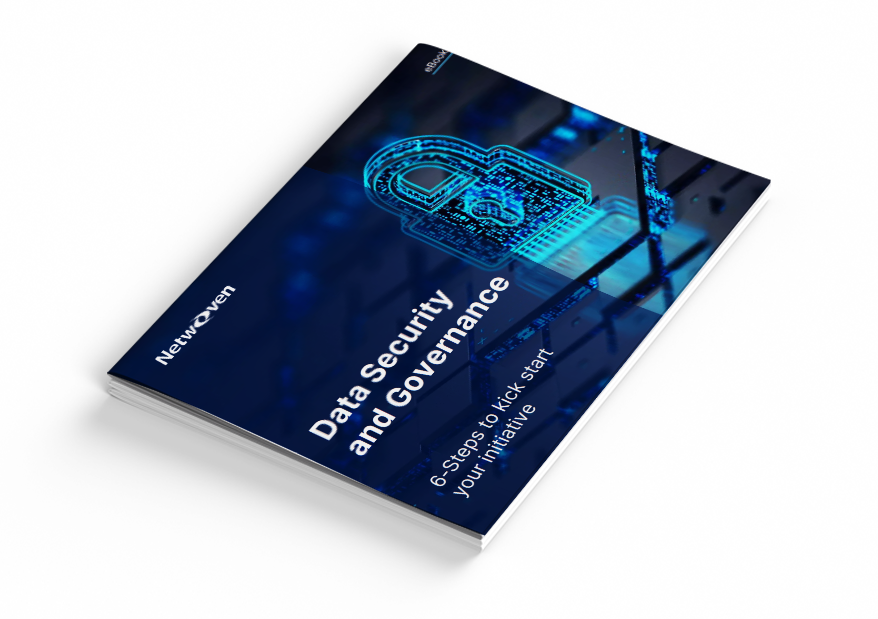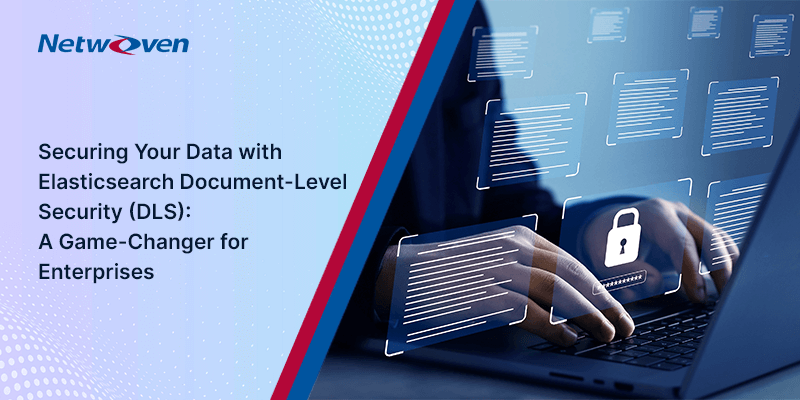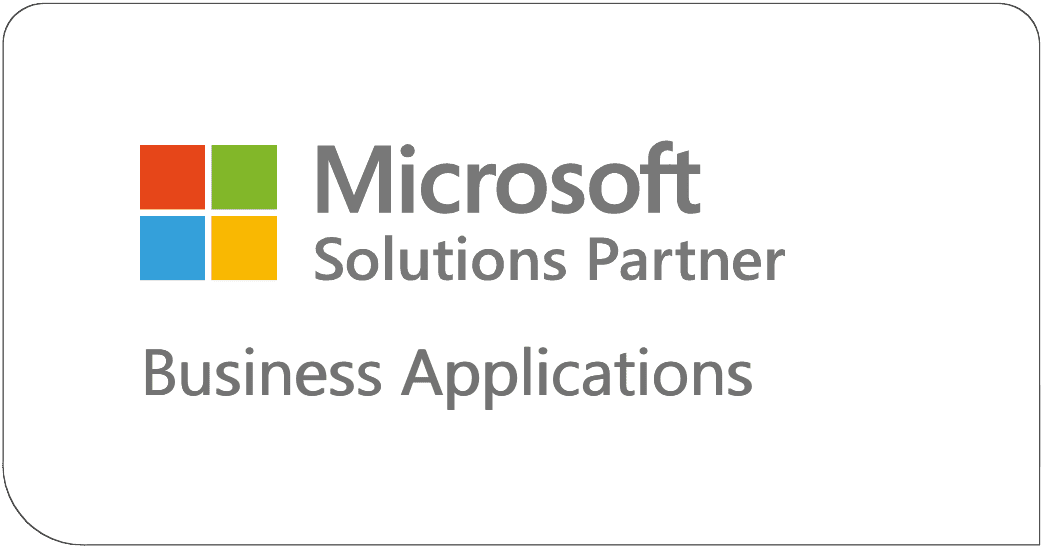Introduction
In our extensive journey of migrating legacy applications for various organizations, we have observed how companies of different industries are still using creaky outdated systems that add to their operational costs and dampen productivity. After our clients migrated their on-prem proprietary systems to the cloud, they have not only scaled their business continuity but also fortified their security posture significantly within budget.
It’s from our firsthand experience we know, migrating legacy applications to the cloud infrastructure is not just a trend but a necessity. For businesses aiming to enhance efficiency, scalability, and flexibility, this journey often involves a crucial aspect: SECURITY. According to Flexera, 70% of businesses report that cloud services have enabled them to scale operations more effectively. In this blog post, we’ll delve into the process of upgrading your cloud security specifically within the Microsoft 365 ecosystem, emphasizing the significance of security discovery and planning.
The Legacy Challenge in Microsoft 365 Adoption
Legacy systems, rooted in on-premises solutions, face unique challenges when it comes to integrating with cloud platforms like Microsoft 365. Outdated security protocols, limited visibility, and the struggle to adapt to the dynamic cloud environment are common hurdles. The shift to Microsoft 365 demands a meticulous approach to security to ensure a smooth transition without compromising on data integrity or confidentiality.
The Role of Security Discovery in Microsoft 365

Security discovery and planning is the first step in upgrading your cloud security. This process involves identifying your current security posture, assessing your risks, and developing a plan to mitigate those risks. There are several diverse ways to conduct a security discovery assessment. You can use Microsoft’s own security assessment tools, such as the Microsoft Secure Score. You can also use third-party security assessment tools.
Here is why it is essential:
Current Configuration Audit
Evaluate the existing configurations within Microsoft 365, including user permissions, access controls, and data sharing settings. Identify and rectify any misconfigurations that might expose the organization to risks.
Data Governance and Compliance
Understand how data is stored, accessed, and shared within Microsoft 365. This involves examining data classifications, access controls, and policies to ensure compliance with regulatory requirements.
Identity and Access Management (IAM)
Review user access rights, authentication mechanisms, and privilege levels. Ensure that sensitive data and applications are accessible only to authorized personnel.
Threat Detection and Response
Implement tools and protocols for detecting and responding to security threats within Microsoft 365. This involves setting up alerts, analyzing logs, and having a robust incident response plan in place.
You may also like the webinar: Protect your organization by staying compliant using Microsoft Purview
Strategic Security Planning with Microsoft 365
Once you have identified your security gaps, you can begin to develop a plan for addressing them. How do you improve your cloud security?
Your security plan must encompass the following:
- Multi-factor authentication: MFA (Multi Factor Authentication) is one of the most effective ways to protect your Microsoft 365 accounts from unauthorized access.
- Conditional Access Policies: Implement conditional access policies within Microsoft 365 to control access based on various conditions such as user location, device health, and sign-in risk.
- Security and Compliance Center: Familiarize yourself with Microsoft 365’s Security and Compliance Center, a hub for managing security policies, compliance requirements, and threat intelligence. Regularly review and adjust settings based on evolving security needs.
- Information Rights Management (IRM): Secure sensitive data by implementing IRM to control access and usage permissions, even when the data is shared outside the organization.
- Advanced Threat Protection: Leverage Microsoft 365’s advanced threat protection features to safeguard against phishing attempts, malware, and other cyber threats. Stay ahead of evolving security risks with real-time threat intelligence.
- Unified Security Management: Integrate security measures seamlessly into the Microsoft 365 environment. Utilize tools like Microsoft Defender for Endpoint, Microsoft Defender for Identity, and Microsoft Cloud App Security for Unified Security Management.
- Security information and event management (SIEM): A SIEM solution can help you collect and analyze security logs from across your cloud environment. This data can be used to identify and respond to security threats more quickly and effectively.
- User Training and Awareness: Educate users on Microsoft 365 security best practices. This includes guidance on recognizing phishing attempts, securing documents, and understanding the shared responsibility model in the cloud.
Monitor and improve your security posture

Once you have implemented your security plan, you need to monitor and improve your security posture on an ongoing basis. The question you should address then is: How cloud security can be enhanced? This includes monitoring for new threats, vulnerabilities and adjusting your security plan as needed.
Microsoft 365 provides a variety of tools to help you monitor and improve your security posture:

Data Security and Governance: 6-Steps to kick start your initiative
In this eBook, you will get authoritative information on how to start your program in an affordable and scalable way.
Get the eBookConclusion
By following the steps above, you can upgrade your cloud security on Microsoft 365 and protect your data from the latest threats.
In the journey from legacy to modern cloud security within the Microsoft 365 ecosystem, security discovery and strategic planning are your allies. Elevate your organization’s security posture, embrace the capabilities of Microsoft 365, and navigate the path to a secure and resilient digital future. The transition may be challenging, but with the right approach, your organization can thrive in the modern era of cloud computing. For further queries, please contact us.























